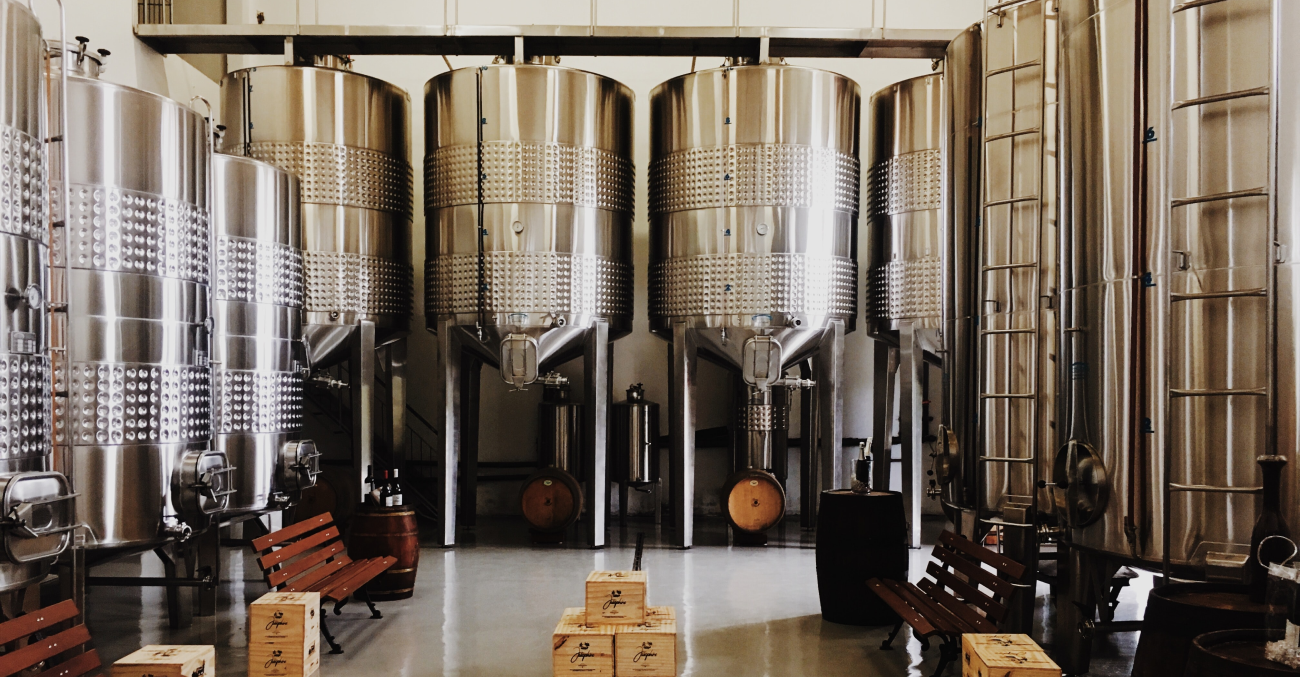Why building trust is essential to supply chain risk mitigation

One of the most important elements in building a strong team, culture, and company is trust. Harvard Business Review (HBR) compared people at low-trust and high-trust companies, and those in high-trust work environments report “74% less stress, 106% more energy at work, 50% higher productivity, and 76% more engagement,” among other benefits.
The importance of supply chain risk mitigation
Historically, organizations have focused their efforts on building trust internally and with customers. Yet, a globalized world is connecting businesses like never before, and it is critical for companies to extend these efforts externally – to partners, stakeholders, suppliers, and through all tiers of the value chain. Organizations that do so are more likely to succeed in building a sustainable supply chain.
Now, during a global pandemic, businesses are experiencing the collapse of their supply chains. A recent report shows that 24% of the companies lacked adequate supply chain risk mitigation plans to deal with the severity of supply chain disruption caused by COVID-19. Now, 61% of the companies in the study have conducted risk analysis, realizing its critical importance to the success of their businesses. Here are three ways in which building trust can relieve supply chains, helping companies mitigate future risks and better prepare for unforeseen circumstances.
1. Focus on building a positive supplier-buyer relationship
Strengthening buyer-supplier relationships through building trust helps each party communicate transparently without fear of being met with cynicism about a buyer’s intentions, or judgement about the risks a supplier faces. As risk-infested supply chains look to become sustainable, what used to be a transactional relationship is transforming into a long-term, win-win partnership.
Transparent communication
Supply Chain Movement found that 37% of companies didn’t know about the impact of COVID-19 on a supplier until a supplier failed to deliver – a failure in supplier-buyer communication. Yet, the way to build trust between buyers and suppliers is through transparent communication. This builds accountability and helps gain understanding of which risks and challenges each party faces, as well as their goals and priorities. Speaking openly about these situations prompts partnerships that find comprehensive solutions to complex issues and prioritizes the quality and health of the supply chain as a whole. This is achieved through informed decision-making from all parties, rather than with the limited perspective of one tier or organization in the supply chain.
Strategic partnerships
According to the Strategic Management Review, a strong buyer-supplier relationship is emphasized by creating a strategic partnership for proper collaboration. When all parties share a foundation of interdependency and resource-exchange, long-term benefits, cooperation, and sharing risk, every party is engaged in building a more sustainable supply chain – only then is it possible to build traceable and resilient supply chains. Emergent Publication’s research into the benefits of trust throughout the supply chain finds trust to be the basis of a successful collaboration between businesses – not only does it create value on micro and macro levels but also contributes to “enhanced predictability of partners’ behavior, lower transaction costs, and improved adaptability and strategic flexibility, with beneficial effects on performance.”
As MIT Sloan Associate Professor Karen Zheng puts it: "Investing in visibility mitigates skepticism." Not only does this ring true between customer and company, but for buyer-seller relationships between organizations.
2. Don’t get blind-sided by the second and third tiers in your supply chain
A positive, transparent buyer-seller relationship encourages top-tier suppliers to work with supply chain risk mitigation with their own suppliers to build a more resilient supply chain. This creates a domino effect, pushing transparency and disclosure into all tiers of the supply chain, helping every actor make better-informed decisions.
Currently, many companies are still struggling to achieve this kind of transparency. According to HBR, the COVID-19 crisis has many companies worldwide scrambling to identify which of their lower-tier suppliers are based in the affected regions of China.
In order to mitigate this risk, other factors besides meeting a cost target or securing supply in the short-term need to be taken into consideration. When an organization proactively invests in mapping out its supply chain, all of its suppliers better understand their impact and risk areas. Data is critical in:
- Discovering where improvements need to be made to build a sustainable supply chain, and
- Protecting an organization and its suppliers when unforeseen disruptions occur.
However, this is only achievable if there is a trusting relationship in place. The amount of communication and openness required in order to collect this amount of data, which is often sensitive and reveals vulnerabilities, requires buyers and suppliers on all levels that information-sharing will not be taken for granted. If a positive collaboration is built upstream and downstream in the supply chain, companies become more resilient, sustainable, and less shaken by adversity.
“The coronavirus epidemic teaches us — once again — that a robust supplier-monitoring system that maps sub-tier dependencies is a basic requirement for today’s supply chain and sourcing professionals.” – HBR
3. Let technology work to relieve employees from chasing down suppliers
Monitoring and mapping out an organization’s multi-tier supply chain is heavily aided by technologies that collect data, calculate risk, and streamline communication in real-time. However, trust between suppliers and buyers is critical to obtain in order for companies to willingly invest in new technologies and change processes for long-term benefit. Emerging supply chain technologies include crowdsourcing platforms that collect data from a supply chain network in order to produce exceptionally accurate analyses that uncover cracks and help companies boost supply chain resilience in the short and long-term.
Risk mitigation through automation
Adopting new technologies also increases communication between suppliers and buyers through streamlining all communication in one platform, automating manual follow-up tasks, and visualizing data to understandable insights that drive change. According to The Hackett Group, managing risk digitally with emerging technologies equips companies with the capacity to act faster to global shortages or supply interruptions and “allows organizations to be better prepared, making their products more available in a crisis. This increases market perception of brand reliability and value, as well as prevents potential stops in production and lost sales.”
Centralized communication throughout supply chain
When these kinds of technologies are implemented, stakeholders more confidently rely on it to do the work when crisis hits. A system that centralizes communication, takes into consideration the multi-faceted aspects, risks, and opportunities for actors in all tiers of the supply chain creates a common foundation to mitigate risk effectively. Through these technologies, informed decisions can be made quickly and flexibly, and in so doing, reduce the amount of negative impact on every stakeholder when challenges arise. 
Building trust between buyers and suppliers improves communication, and thus, transparency. When this trust is built, actors in all tiers behave in the interest of the overall supply chain, which opens up a world of opportunity when business is going well and becomes a strong safety net when unexpected situations occur.
Learn more about multi-tier supply chain transparency in our on-demand webinar.
Find out how Worldfavor can help your organization track and monitor your supply chain and build trust in your supplier relations by booking a personal demo with our experts. For weekly news and updates in sustainability, subscribe to the Worldfavor Sustainability Blog.
Related blog posts you might like:
- Valued Suppliers – the Key to a Sustainable Supply Chain
- Level Up With Multi-Tier Supply Chain Sustainability
- What Do Food & Beverage Consumers Care About Most In Your Supply Chain?





%20as%20the%20deadline%20approaches.%20Learn%20about%20compliance%20requirements%2c%20potential%20delays%2c%20and%20key%20updates..png)

